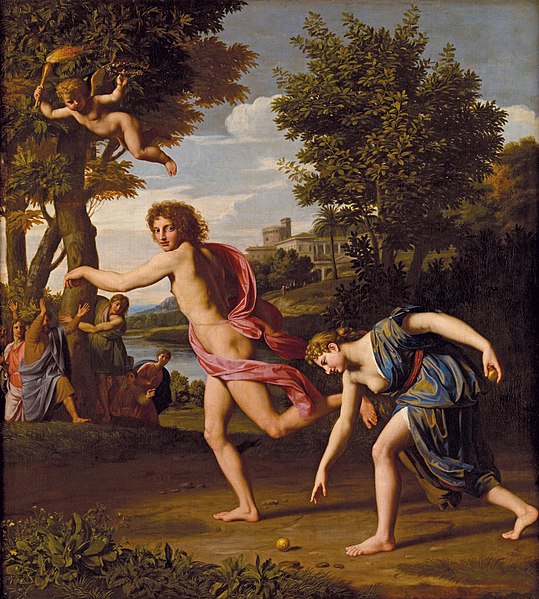Johnny Appleseed was an American pioneer nurseryman who introduced apple trees to large parts of Pennsylvania, Ohio, Indiana, Illinois, and Ontario, as well as the northern counties of West Virginia. He became an American legend while still alive, due to his kind, generous ways, his leadership in conservation, and the symbolic importance that he attributed to apples. He was also a missionary for The New Church (Swedenborgian) and the inspiration for many museums and historical sites such as the Johnny Appleseed Museum in Urbana, Ohio.
Image from Howe's Historical Collection
Johnny Appleseed Birthplace site in Leominster, Massachusetts
Monument to John Chapman in South Park, Mansfield, Ohio
Disputed possible gravesite of Johnny Appleseed
Apples appear in many religious traditions, often as a mystical or forbidden fruit. One of the problems identifying apples in religion, mythology and folktales is that as late as the 17th century, the word "apple" was used as a generic term for all (foreign) fruit other than berries, but including nuts. This term may even have extended to plant galls, as they were thought to be of plant origin. For instance, when tomatoes were introduced into Europe, they were called "love apples". In one Old English work, cucumbers are called eorþæppla, just as in French, Dutch, Hebrew, Afrikaans, Persian and Swiss German as well as several other German dialects, the words for potatoes mean "earth-apples". In some languages, oranges are called "golden apples" or "Chinese apples". Datura is called "thorn-apple".
Venus Verticordia – Dante Gabriel Rossetti – 1866
Adam and Eve: a classic depiction of the biblical tale showcasing the apple as a symbol of sin. Albrecht Dürer, 1507; oil on panel.
Francisco de Zurbarán - A Virgem da Maçã, 1660-64
Atalanta and Hippomenes by Nicolas Colombel








